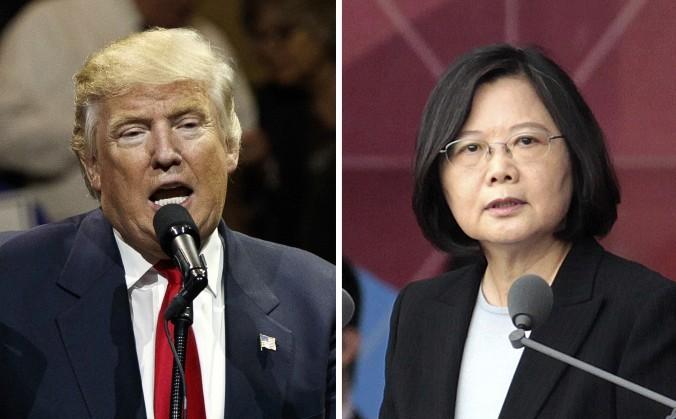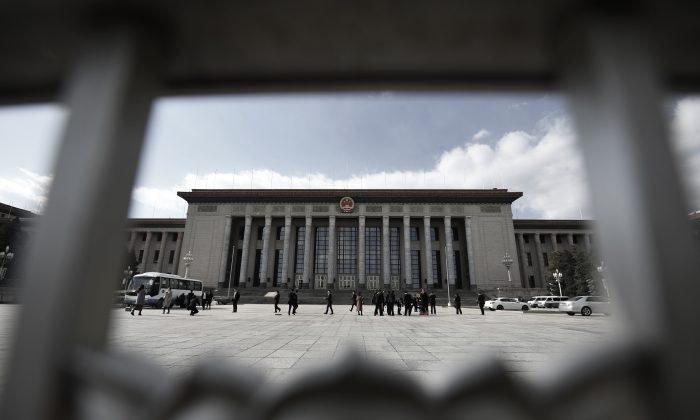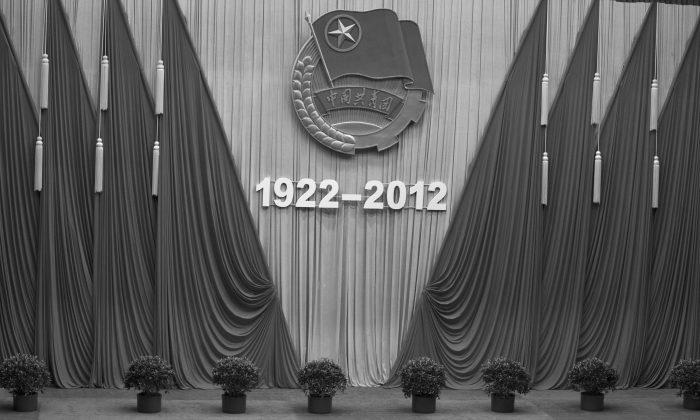During the recent G-20 Summit held in Washington D.C., the Chinese Communist Party (CCP) regime presented its rescue plan which calls for an unprecedented 4 trillion yuan (US$586 billion) bail out. Chinese president Hu Jintao intended to show it off at the global summit. Although China is still far from being a member of the international rich nations club, Hu is eager to take part in this event. Surprisingly, as soon as the rescue package was publicized, it became the target of criticism from Western mainstream media before the global summit had a chance to take it seriously.
It is suspected that this plan is the follow up to the many illegitimate practices happening in China around the time of the Beijing Olympics. Some international experts who specialize in Chinese economics believe that over 60% of the projects in its rescue package plan are just recycled ideas given a new title. Some of the projects have actually already been done before, such as earthquake reconstruction projects in certain areas, the highway repair projects, as well as aid sent to railroad, airline, export companies, and agricultural subsidy systems, etc. So, in actuality, the total expenditure for new projects under the plan only requires about 1.5 trillion yuan, (US$220 billion).
Mr. Shi Jiandao, a researcher at the U.S. Heritage Foundation’s Asia Studies Center, directly pointed out that it was the Beijing authorities’ public relations strategy to put on a political show for the planet. In the wake of the U.S. financial crisis, the international community has been constantly discussing China’s role in all of this, which has led to the CCP’s self-deceived complacency. In its arrogance, amidst this crisis, the CCP has become even more infatuated with the illusion of “China rising to power.” It regarded Western countries’ financial crisis as a golden opportunity to exert its influence over the international financial community. In a telephone conversation with U.S. president-elect Barack Obama, Hu Jintao even shamelessly boasted that China promised to enhance coordination and cooperation in dealing with the financial crisis. However, not only was the CCP faced with a financial crunch, it was unwilling to let go of its complacency. Confronted with such a dilemma, China thus came up with an absurd saying, “Safeguard China, safeguard the world.” In reality, this 4 trillion yuan (US$586 billion) rescue plan is nothing but a tactic to further deceive the international community.
Can this rescue package actually stimulate China’s domestic economy? According to Western economics, public construction projects seem to stimulate domestic business and the overall national economy. However, for China, US$586 billion is an astronomical sum of money. The U.S. actually already had an economic stimulus plan in place earlier this year which was originally budgeted at $165 billion. It was later followed by a $700 billion financial rescue package plan. The aggregate cost for these two projects only accounted for about five percent of the U.S. GDP. China’s economic scale is less than half of the U.S., but the CCP went ahead and budgeted its rescue package at what accounts for sixteen percent of China’s GDP. So, is it impractical to say that such an astronomical amount of funding won’t be able to stimulate China’s domestic economy at all? However, with China’s political system being as corrupt as it is, and having such a twisted economic structure, the effect will probably be very limited.
For one thing, the CCP’s rescue package overlaps its putting money into the investment of construction of infrastructure. This will contribute the growth of the GDP, but cannot fundamentally stimulate the general public’s income or spending. According to an analysis by the U.K.’s Financial Times, at least half of the four trillion yuan rescue package will be spent on construction for infrastructure projects over the course of the next two years. China’s Railway Department had announced that it plans to spend two trillion yuan ($293 billion) in railway construction between 2006 and 2011, and China’s Department of Transportation also announced that it would spend five trillion yuan ($732 billion) on highway and airport construction over the next three years. According to research by the U.S. Merrill Lynch & Co., these projects were included in China’s rescue plan. Based on long-term studies, these kind of construction investment projects have enhanced the growth of GDP, but it didn’t stimulate competition among enterprises or boost public spending. Even less so could it prevent the massive closure of small to medium-sized enterprises and having a very limited effect on the massive unemployment rate of farmers and landless laborers.
Secondly, the Chinese “rescue” plan will create vast opportunities for promotion and fortune for certain corrupt officials, who are greedy enough to try and get their hands on money aimed to aid people in poverty or disaster stricken areas. Because projects like the ones in the rescue plan are completely controlled by local governments, from the onset to the project’s completion, corrupt officials have become rich by taking advantages of loop holes in the plans for these projects. For every major project, the money spent on labor, raw materials, and the project design is often less than 40 percent of the investment, the remaining 60 percent of the money would be pocketed by corrupt officials and contractors. No wonder people say that officials within the CCP cannot wait for this “rescue” plan. After the money comes in, they can buy a BMW, drink XO, or flee to the United States for “international business.” However, this kind of luxury consumption and capital fleeing would only make China’s economy become weaker and weaker, leading the country in the opposite direction of stimulating domestic demand. At the same time, the GDP is the only criterion the CCP uses to assess local cadres, so all Chinese officials are very welcoming this “rescue” plan with open arms.
Thirdly, even with “rescue” money, people don’t dare spend it on the unhealthy social security system. Nowadays, prices on everything have become sky high. Seeing a doctor, sending one’s children to school, marriage, housing, and so on, are all very expensive. China’s high savings rate is in fact a result of its unhealthy social security system. It is a method of life insurance. Otherwise how can one live with serious illness? School tuition is often tens of thousands of yuan, not to mention buying a house. If one doesn’t plan ahead and save money, how can he or she live effectively in the event of factory closing? Under such circumstances, how could we stimulate the domestic economy with the CCP’s “secure” plan?
Finally, this “rescue” plan will only make things worse. With the corruption of so many Chinese officials, investments through bank loans is just a waste and can only increase the bad debt the bank has. Moreover, as the central and local governments have no money to “rescue” the continued deterioration when there is a fiscal deficit, they will have to print more money, inevitably leading to further inflation. Rising commodity prices due to this inflation will further suppress the people’s desire for consumption, further leading to decline of the domestic economy.
Now, the world seems to have grand hopes that China will contribute in the rescue of this financial crisis. Four trillion yuan to the Western world might be a huge number that stimulates China’s domestic economy and stabilize the Chinese market. However, with the abnormal structure of the CCP’s regime, this “rescue” plan may become a downward spiral of many crises.
The problem the CCP faces is not in rescuing the market, correcting bad investments, or contributing to resolving the global crisis, but it’s to deal with the political and social crisis in China. Without a “new policy,” the rate of economic growth could drop from five to six percent next year, which will be a period of high-risk social instability. Therefore, the “eight percent of growth rate” has become the bottom lifeline of the CCP. It is very clear that its “rescue” plan is to save itself, even though no one will save the dying CCP.
Chinese Regime’s Four Trillion Yuan (US$586 Billion) Rescue Package—A Downward Spiral
Chinese communist regime’s proposed rescue plan is a political show for the world.
By Li Tianxiao
11/16/2008
Updated: 10/1/2015






Friends Read Free